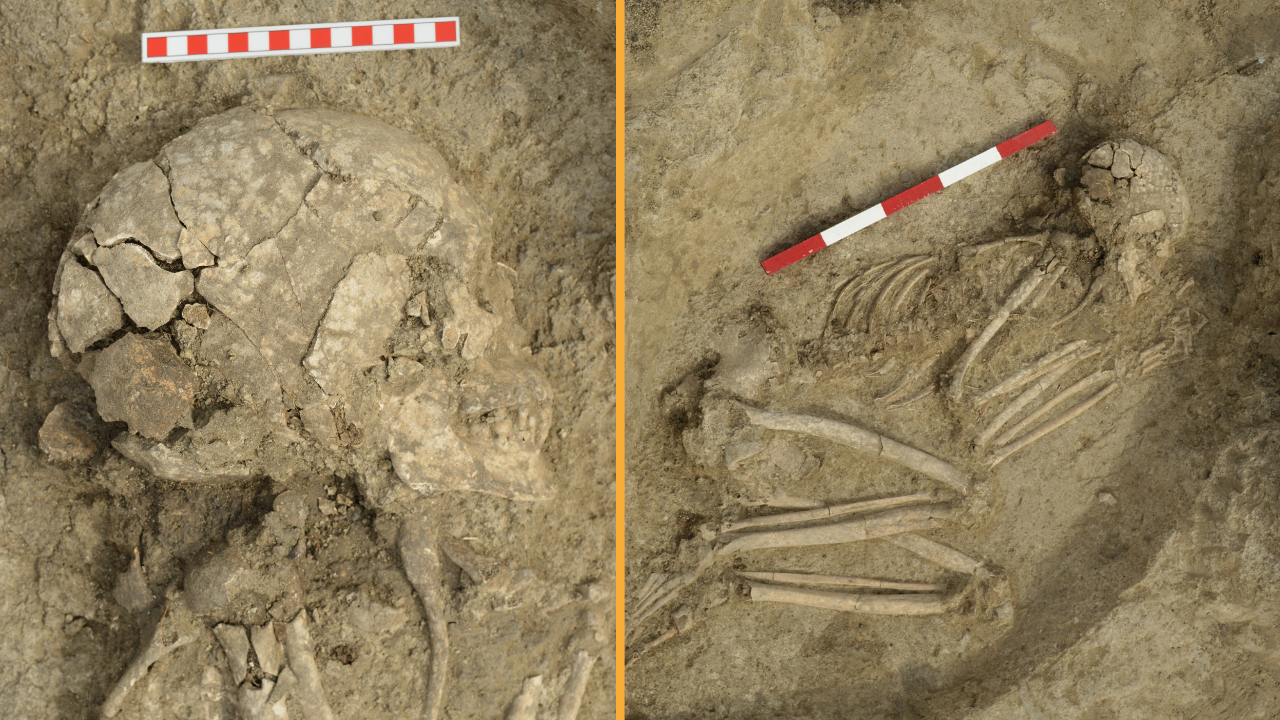Why Was the Canadian Earthquake Felt So Far Away?
The 5.0-magnitude earthquake that struck near the Ontario-Quebec border of eastern Canada on Wednesday was felt hundreds of miles away – much farther than if a similar quake had occurred in the more earthquake-prone West Coast.
The temblor struck at 1:42 p.m. ET (17:42 UTC) about 38 miles (60 kilometers) north of Ottawa, Ontario, Canada's capital, at a depth of 12 miles (19 km) below the Earth's surface, according to the U.S. Geological Survey (USGS).
Reports of people feeling the shaking have been pouring in from as far away as Ohio, Michigan, Massachusetts and into Pennsylvania, said Bruce Presgrave, a USGS geophysicist. He said such widespread reports of quake shaking are not unexpected in this case.
"For a quake of this size, this is not unusual," he told Life's Little Mysteries.
Earthquakes that rupture east of the Rockies can generally be felt over a much wider area — about 10 times larger for an earthquake of the same magnitude — than those to the west of the mountain range, according to the USGS. A magnitude-5.5 quake in the Eastern United States can usually be felt as far away as 300 miles (500 km), the service's website says.
The nature of the crust under eastern North America determines how far an earthquake is felt, Presgrave said. In the East, the crust is older, more consolidated and less broken up by faults than the crust under the western portions of the continent. These characteristics mean that the energy from an earthquake travels more easily through the eastern crust, Presgrave said.
Presgrave also noted that while earthquakes in this eastern region are "certainly less common than places like Chile or Indonesia," they're not really rare.
Get the world’s most fascinating discoveries delivered straight to your inbox.
"This is one of the more active zones in eastern North America," he said.
The largest earthquake in the recorded history of eastern North America — a magnitude-7 quake that struck on Feb. 5, 1663 — was in this region, Presgrave said.
The fault on which the Wednesday quake ruptured is part of a larger intraplate system called the Western Quebec Seismic Zone. In an intraplate system, faults lie within one of the many tectonic plates that make up Earth's crust, and not at the boundary between two colliding plates.
A similar intraplate system, called the New Madrid fault system, underlies parts of Illinois, Indiana, Missouri, Tennessee, Arkansas, Mississippi and Kentucky.
- Natural Disaster: Top 10 U.S. Threats
- What's the Most Earthquake-Prone State in the U.S.?
- 13 Crazy Earthquake Facts
This article was provided by Life's Little Mysteries, a sister site to LiveScience.

Andrea Thompson is an associate editor at Scientific American, where she covers sustainability, energy and the environment. Prior to that, she was a senior writer covering climate science at Climate Central and a reporter and editor at Live Science, where she primarily covered Earth science and the environment. She holds a graduate degree in science health and environmental reporting from New York University, as well as a bachelor of science and and masters of science in atmospheric chemistry from the Georgia Institute of Technology.


